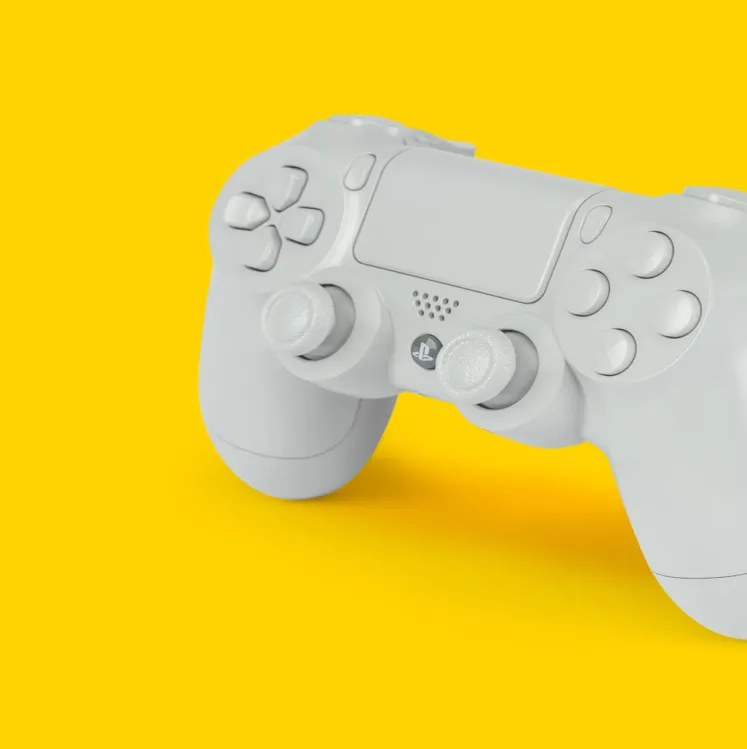The gaming industry has never seen better days, but with great demand comes significant challenges. It is always one challenge to constantly struggle to balance time and resources without losing quality, especially when working with a minor team or racing against tight deadlines. Outsourcing game art has several advantages, from cost-effectiveness to efficiency. Let’s consider why this is fast becoming a go-to strategy for many in the industry.
Smoothing Resources Without Losing Quality
Therefore, outsourcing game art will allow developers to capture the required specialized talent without any overhead of recruiting in-house artists. While working with a game art outsourcing studio, you are not just hiring artists but getting access to a team comprising experienced professionals armed with the latest tools and technologies. This means you can create high-quality assets sans hefty investments in software, training, or infrastructure.
Of course, in this respect, the financial savings are far from over: instead of the expense of permanent staff to support only one project, it enables resource ups and downs at any time. Everything could include character design and 3D modelling, as well as environment art. Outsourcing lets one pay for an extent exactly the quantity desired. Such flexibility has also enabled indie developers with major studios: a reality where project demand is regularly rocketing one month and not the next.
Another big plus is time: often, one works on game development when many priorities seem to tug at one’s sleeves. Developing the art assets yourself reduces the speed at which the project would have moved forward. By outsourcing, you are freeing your team to focus on other core development areas like programming, level design, and gameplay mechanics. This division of labour speeds up the creation process but still gives time for every aspect to get proper attention.
Collaboration and Role of the Client
With a collaborative attitude toward an outsourced studio, it is much more than a task distribution process. The essential enablers of successful outsourcing are collaboration, communication, and mutual understanding; goals and expectations must be marked from the beginning.
This usually begins with a briefing phase in which the developer explains his vision regarding the project. It can range from references to style guides and even to particular specifications about how these art assets would look and be made. The bigger this briefing was, the surer the studio got about what it wanted in aesthetic and technical quality, which automatically reduced the probability of revisions.
Once the project is complete, communication plays a key role again. The regular check-ins allow clients to review and get in touch with their feedback. Many studios also deliver milestones, allowing developers to adjust at different production stages. This iterative approach helps the result fit the client’s vision, reducing wasted effort.
The client’s job isn’t just done with providing the feedback alone. Keeping up with the studio for openness and respect may help achieve better working compatibility. When both partners work together, the results are often better than predicted.
Success Stories in Real Life
Outsourcing is not abstract; it’s a method that has brought several games to heights when applied accordingly. For example, Cuphead was an indie game that received great critical acclaim for its in-game animations of the 1930s. This independent studio, Studio MDHR, outsourced several of the animations to nail that perfect look and feel so it could retain that signature without overloading the in-house team.
Another such success is The Witcher 3: Wild Hunt. Its developer, CD Projekt Red, outsourced every part of the vast game world, from character models to environmental assets. In that way, the core team could concentrate on storytelling and gameplay, knowing the game’s visuals would be up to scratch.
These examples prove that outsourcing is not done to save money but rather as a strategic move. Outsourcing can raise the quality of the game, as the developer can achieve what they alone cannot do with the help of specialized studios.
Competitive Advantage through Outsourcing
As such, when the gaming market became highly competitive, expectations grew in a different direction toward professional and engaging games. To such an end, developers and publishers look toward outsourced game art as one way to meet demands without burdening their staff.
You let the pros of creating art take over; you focus on fine-tuning gameplay, debugging, and marketing your game. That’s how one manages the development of a game so it is pretty to look at and nice to play.
Outsourcing means access to the best available talent worldwide. A studio located in one part of the world can specialize in hyper-realistic 3D art, while another excels in stylized 2D animation. Working with them brings varied skills and perspectives into your project, enriching it in ways that an in-house team could hardly manage.
This means that the art of outsourcing in game development isn’t about slicing seconds and shaving off cents but is intelligent, tactical decisions having to do with your game standing apart from the noise. Be it an independent developer with high stakes competing against studios or even publishers dealing with many projects, this outsourcing brings needed tools and talents on board.

